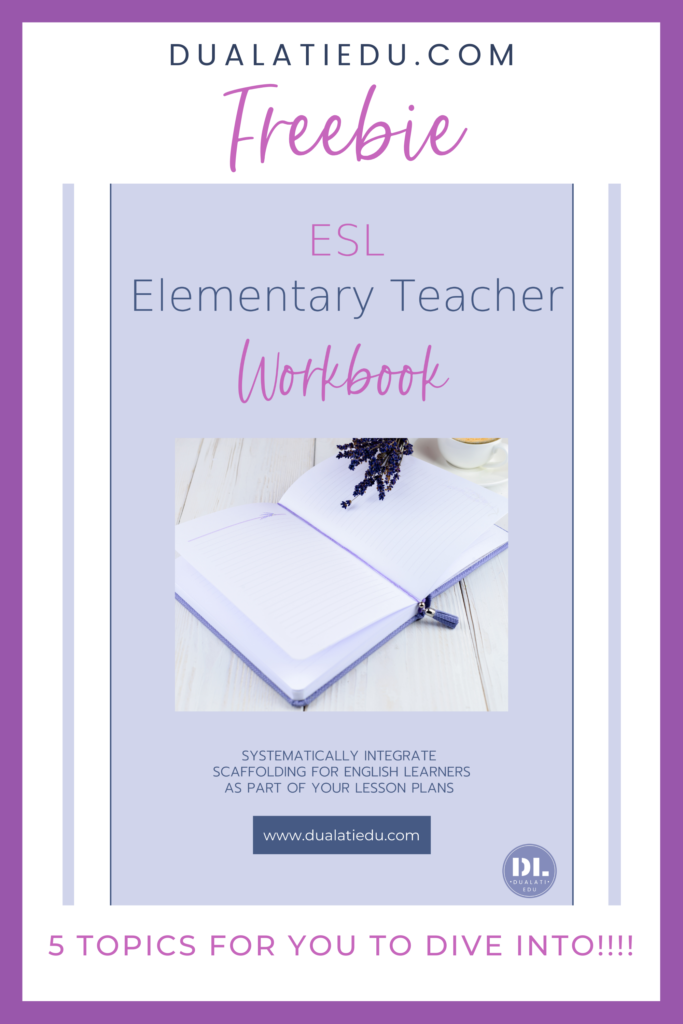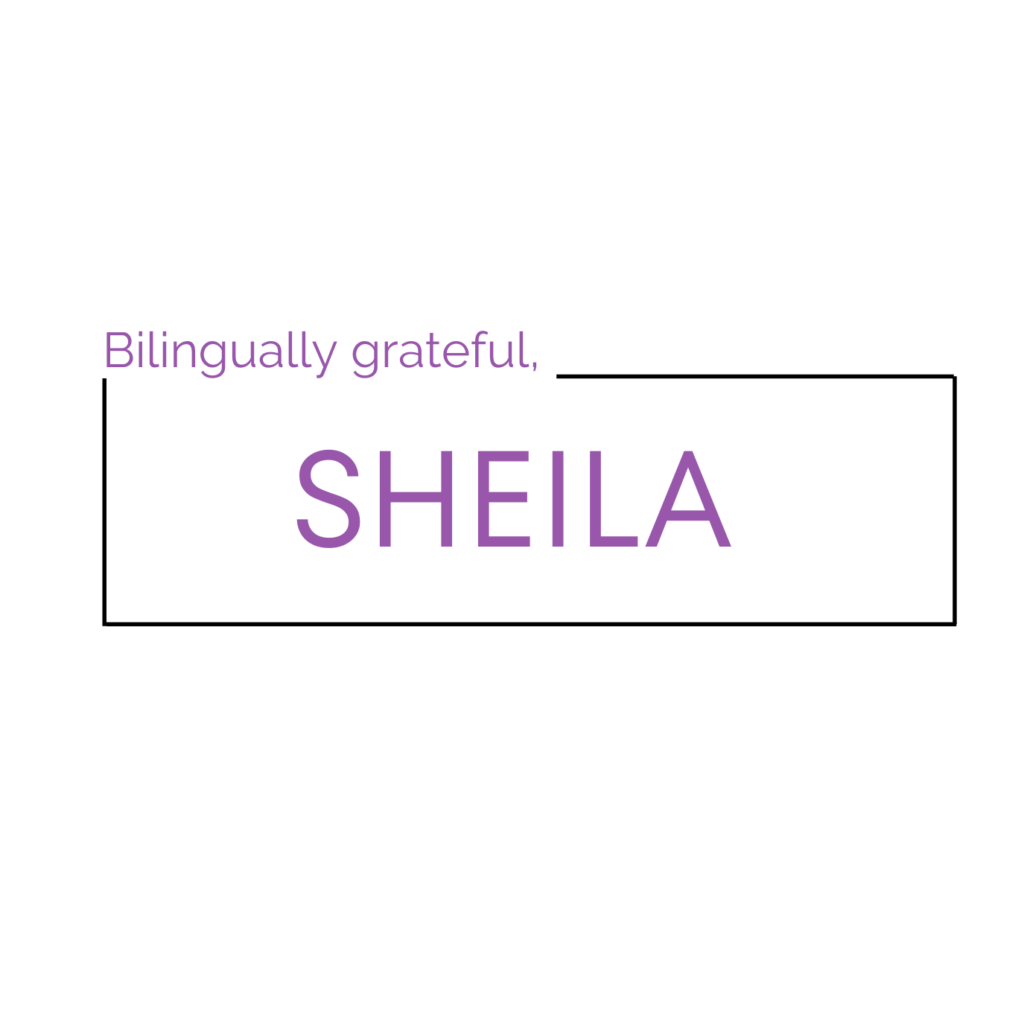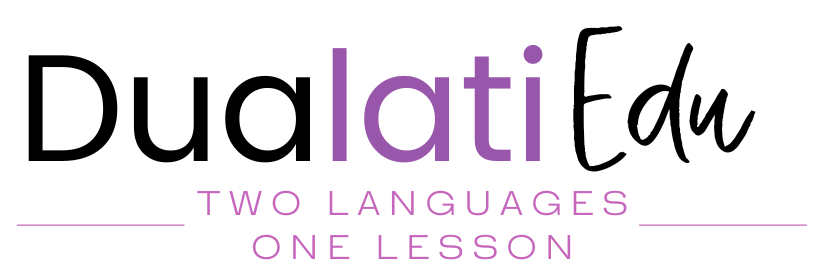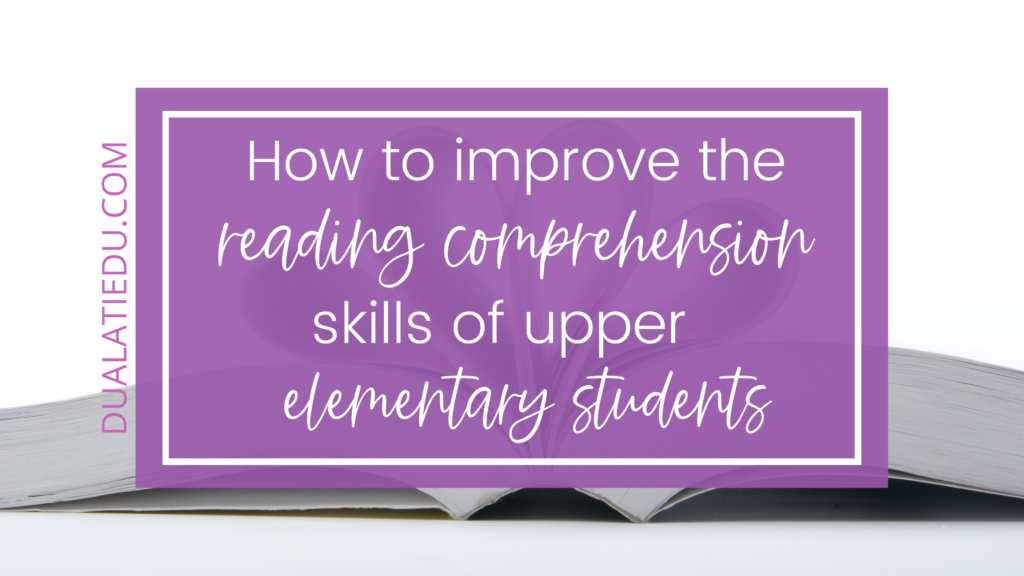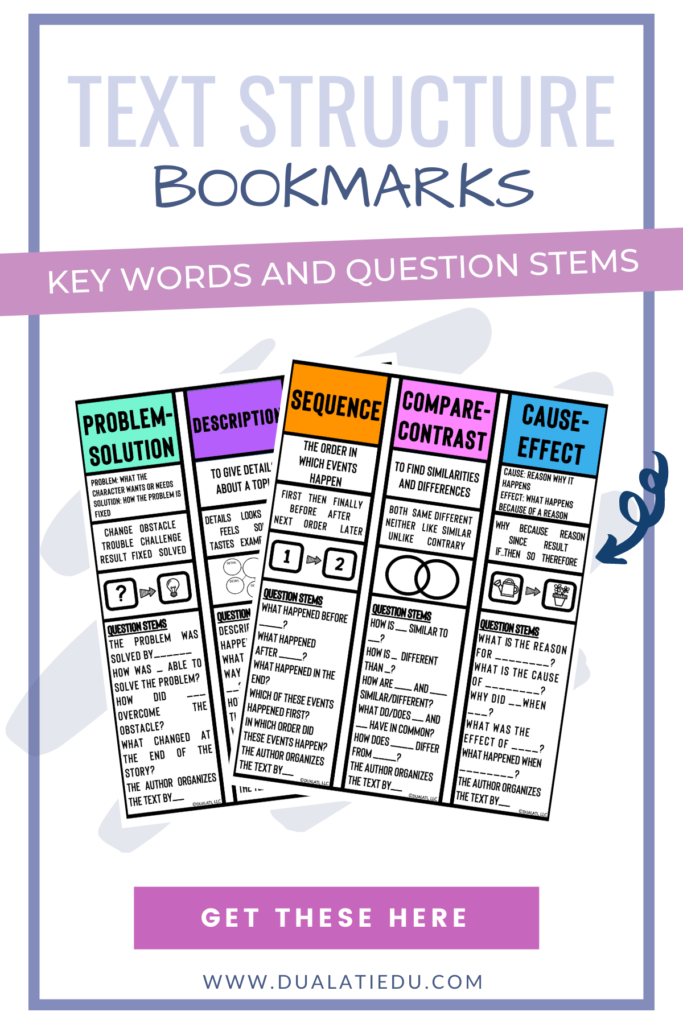If you are wondering how to improve the reading comprehension skills of upper elementary students, you are not alone! (For more info on primary grades, click here).
We are all looking for the magic strategy that will allow students to engage with texts and begin making those connections to self, other books, and the world.
Interventions are a critical component, but having a strong whole group instruction should be your first focus.
I don’t have that magic strategy for you, but there is a science behind teaching students how to read that involves strategies that should be used together consistently and systematically, and DO make a difference!
1. Decoding
As upper elementary teachers, we tend to forget this essential component of comprehension because phonics instruction is prevalent in K-2 classrooms. Also, reading state standards in 3-5th grades mostly address (and, yep, test) comprehension skills.
However, if your student struggles with comprehension, they most likely struggle to decode, too!
Unfortunately, this is where upper elementary teachers must make tough decisions on how their students spend their time. If the focus is solely on providing comprehension instruction and do not add the targeted phonics instruction struggling students need, there won’t be much progress.
The suggestion is here to individualize and differentiate independent reading time and literacy centers as much as possible. One of the great things about having reading centers is to be able to cater to ALL students’ needs.
This, of course, requires planning, resources and, in some instances, teacher training. But increasing the fluency rate is one of THE MOST EFFECTIVE ways to help reading comprehension for struggling students.
It is also helpful to provide students with text-to-speech readers or books on tape to listen to the text as they read.
2. Vocabulary and reading comprehension strategies
Vocabulary and background knowledge of how the world works are essential to reading comprehension.
Students may be able to decode a word without necessarily understanding what it means and how it contributes to the overall message of the text.
Students gain vocabulary knowledge by watching TV or movies, in daily conversations, looking them up in a dictionary and direct instruction.
However, you can also teach students how to use context clues to figure out the meaning of words while reading.
Teaching them root words and prefixes/suffixes is an essential reading comprehension tool that needs to be systematically and explicitly taught.
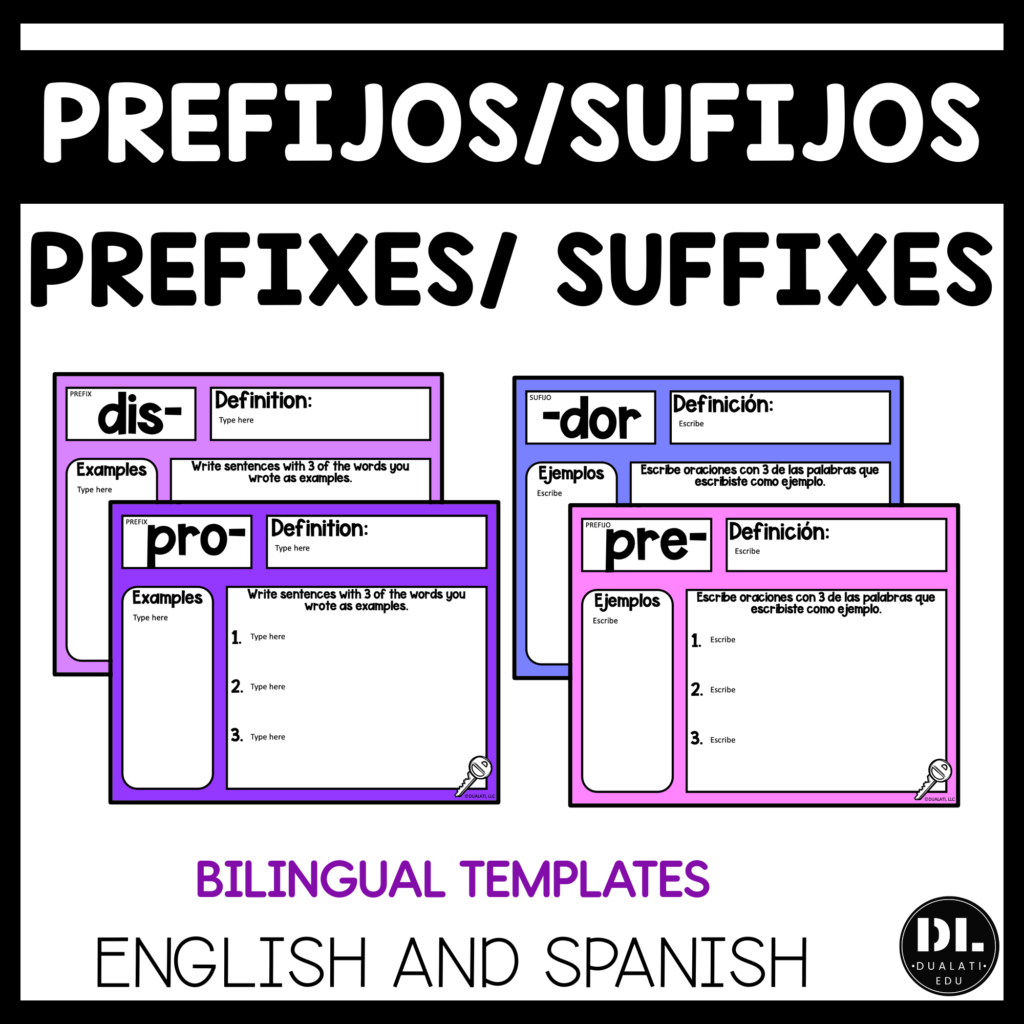
3. Genre study
When students understand the construct of the genre they are reading, it allows them to quickly process information and be able to predict what information should be next.
For example, when reading fiction, they understand that a story plot involves a problem and solution, or when reading a biography, there is usually a timeline and underlying theme.
Here are some posters for you to use in your classroom that show the characteristics of each genre.
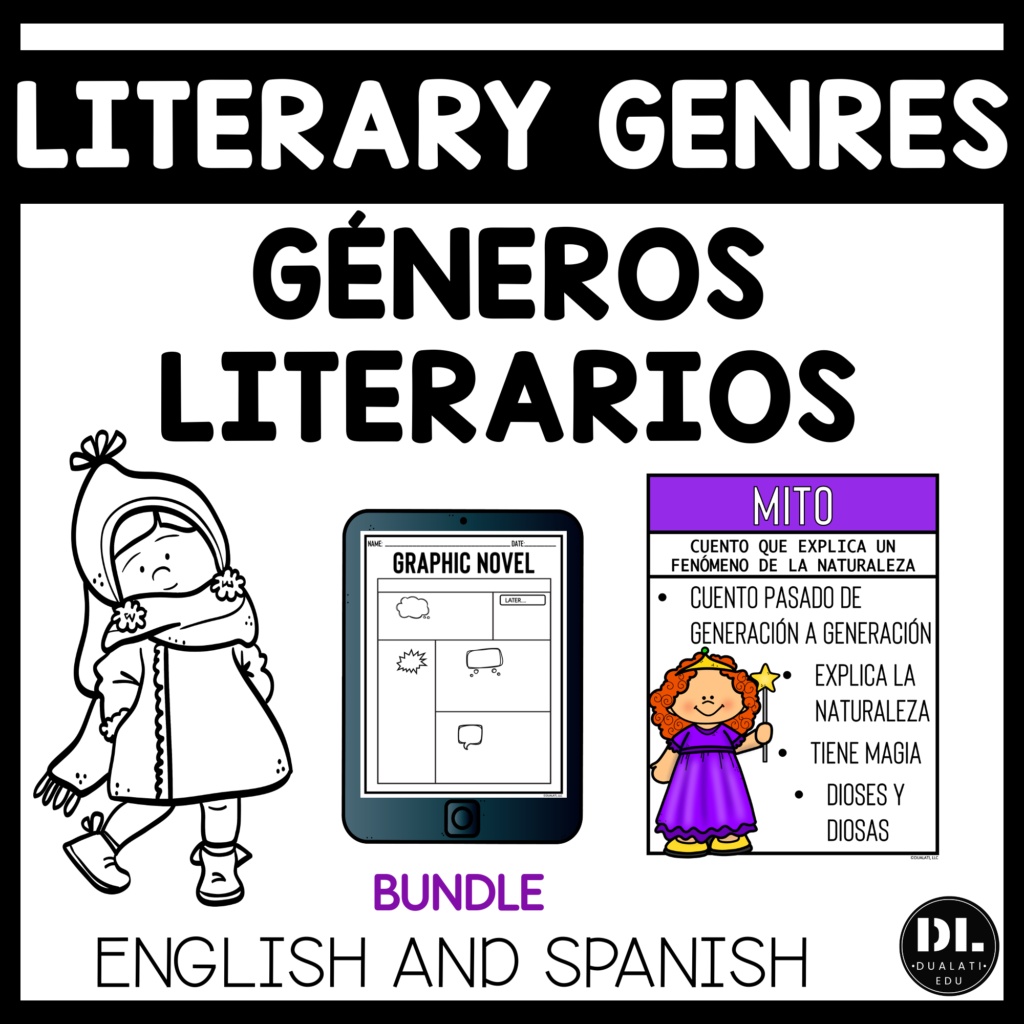
4. Text Structure
Understanding the different types of text structure helps students organize the information they are reading, which in turn, helps them process it better.

5. Reading comprehension skills
Teach students specific strategies for different reading comprehension skills such as inference, main idea, summary, theme, visualization, etc.
The more students know how to break down these skills, the better they understand them. You can also look into close reading as part of your reading comprehension toolbox.
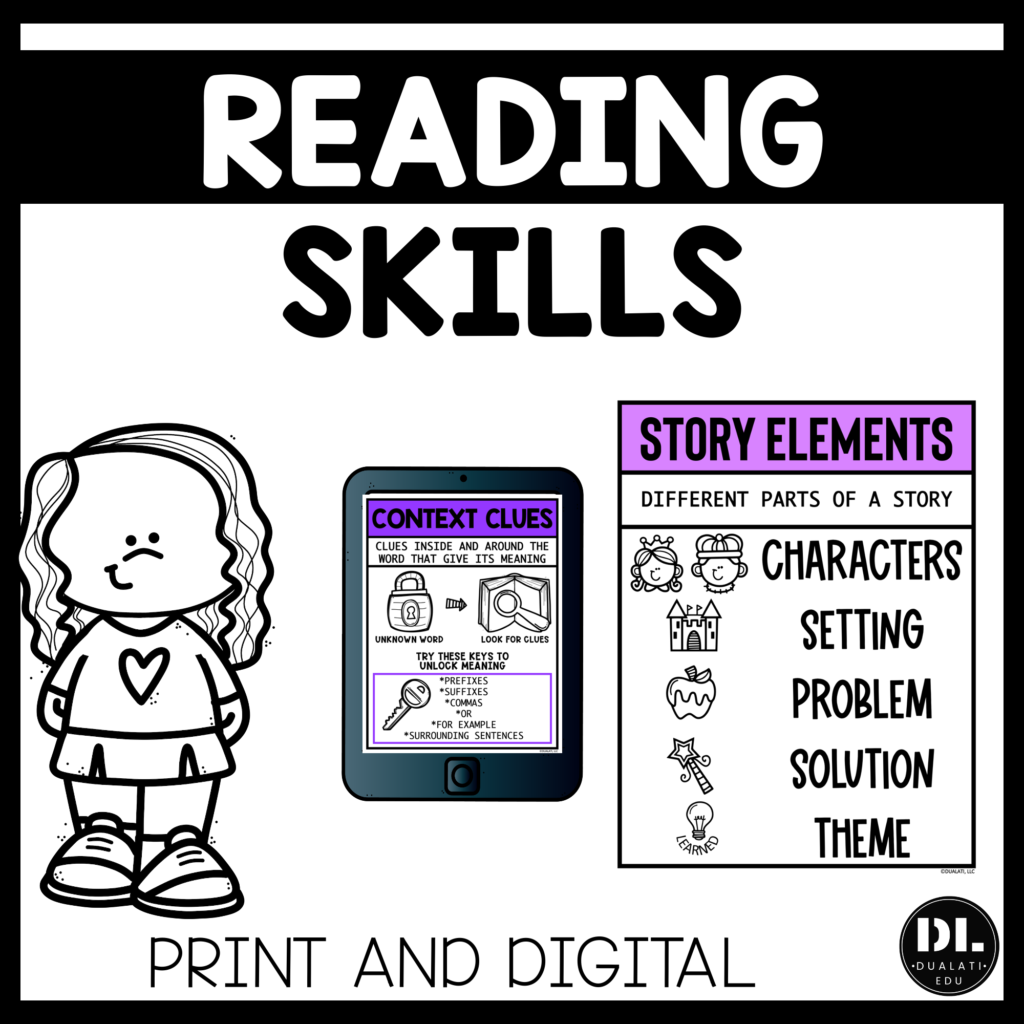
6. How to improve reading comprehension of English Learners
The growth of the number of students whose first language is one other than English continues to grow and teachers can offer scaffolds for better reading comprehension.
Culturally-relevant text
The concept of how background knowledge increases comprehension is not new. It may take more time for students to connect to ideas presented in a text in which their background knowledge may be different. Life experiences are crucial for students to connect text-to-self. Make sure you are choosing a wide variety of texts in your classroom and reading them aloud.
Scaffolds
Scaffolds are varied and should be presented in a way that adds to understanding and not hinder it.
Here is a quick list of scaffold for English learners.
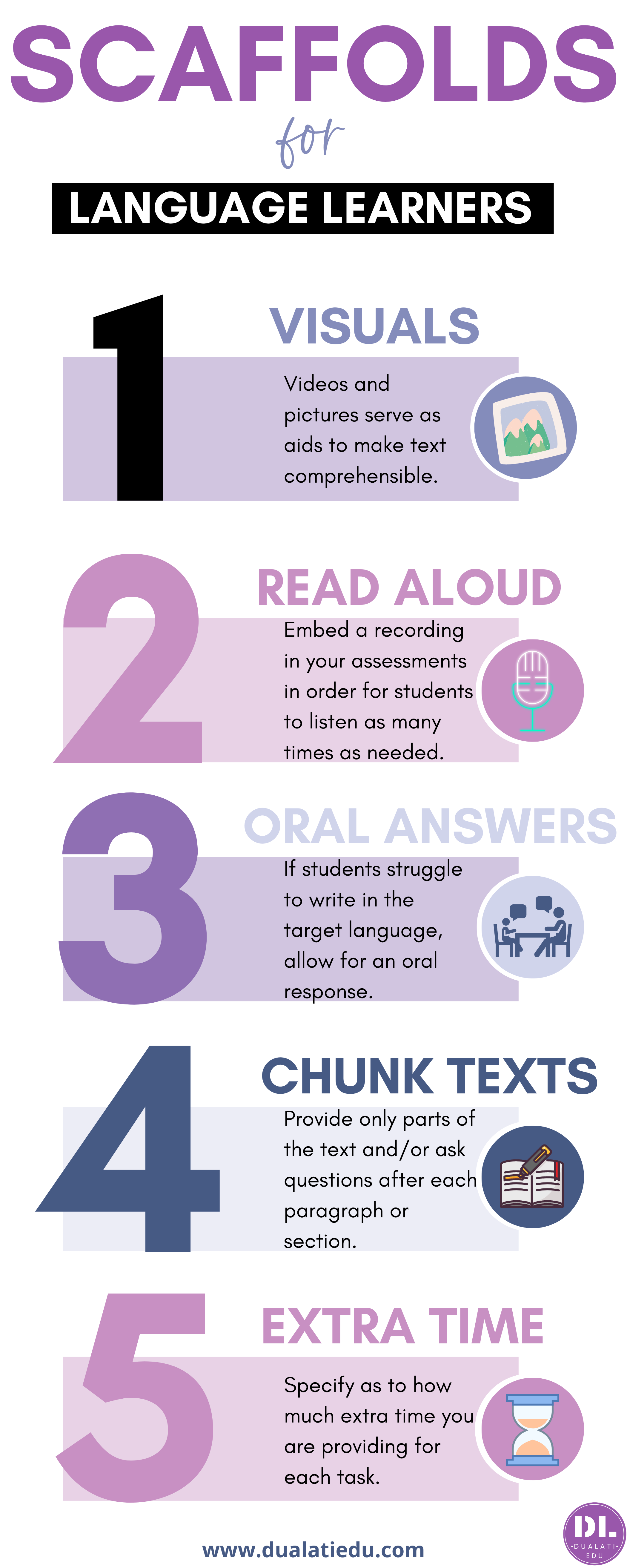
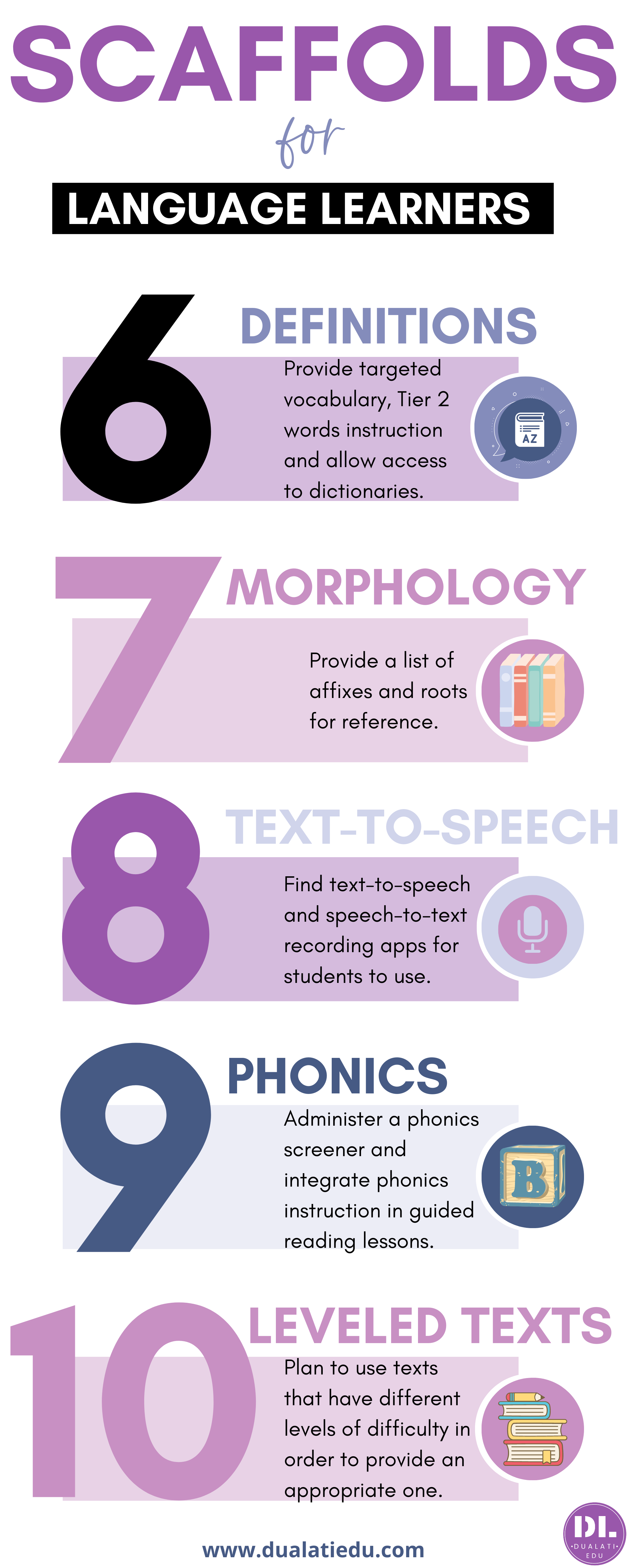
Cognates
Cognates are words that originate from another language. So, if English learners know a vocabulary word in their native language, they can deduce the meaning of cognates in English. (Just make them aware that there are false cognates, too! Example: exit in English and éxito in Spanish – which means success.
If you want more tips for ESL students, check out this blog post!
Understanding how to improve the reading comprehension skills of upper elementary students is critical because that is where students shift from learning to read to reading to learn.
Below are a few things to keep in mind if you are a NEW ESL ELEMENTARY TEACHER!
